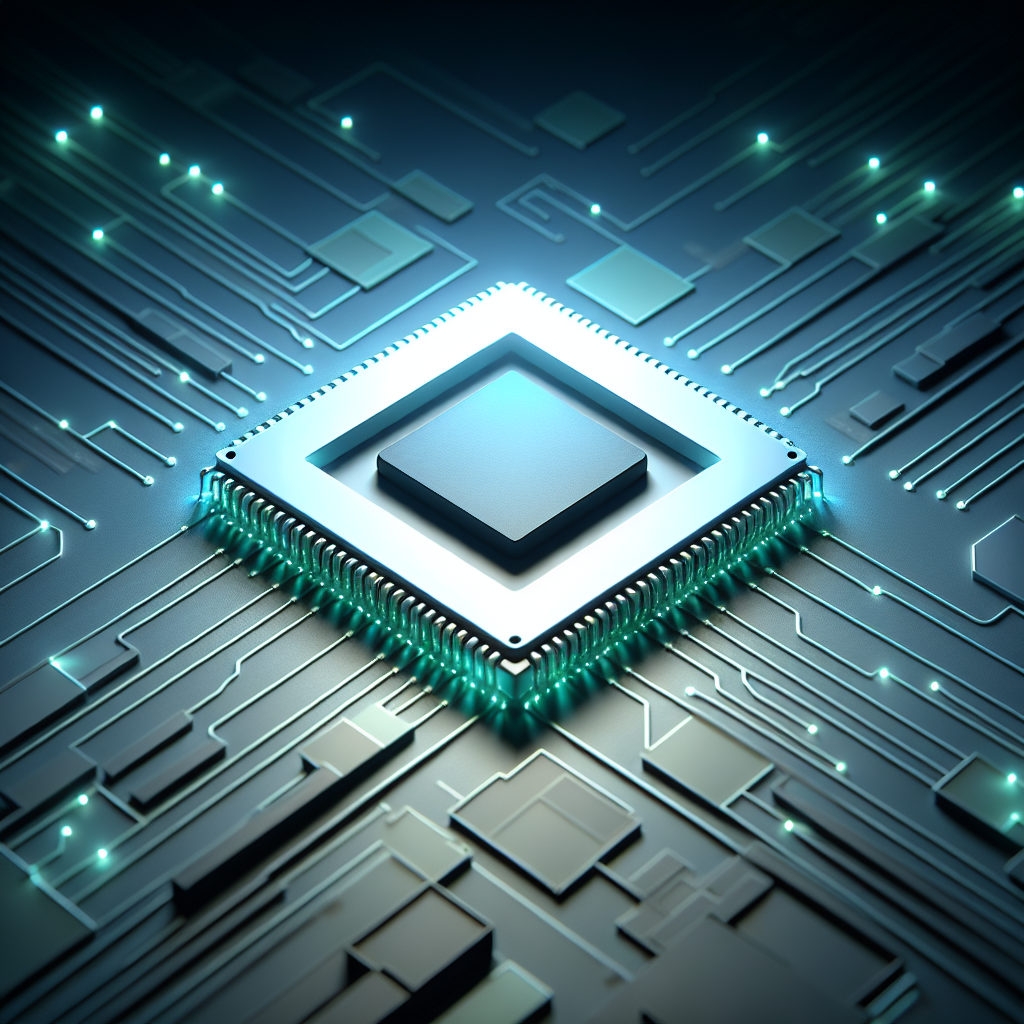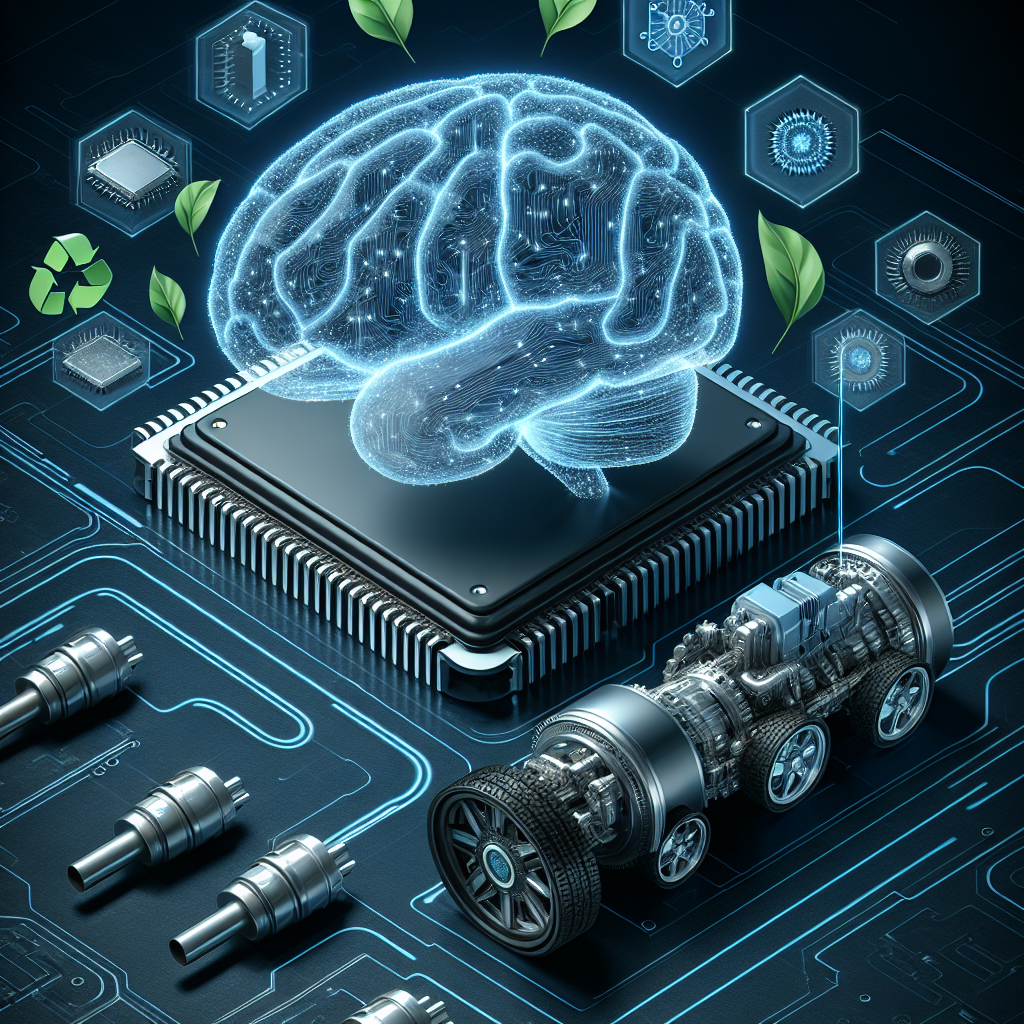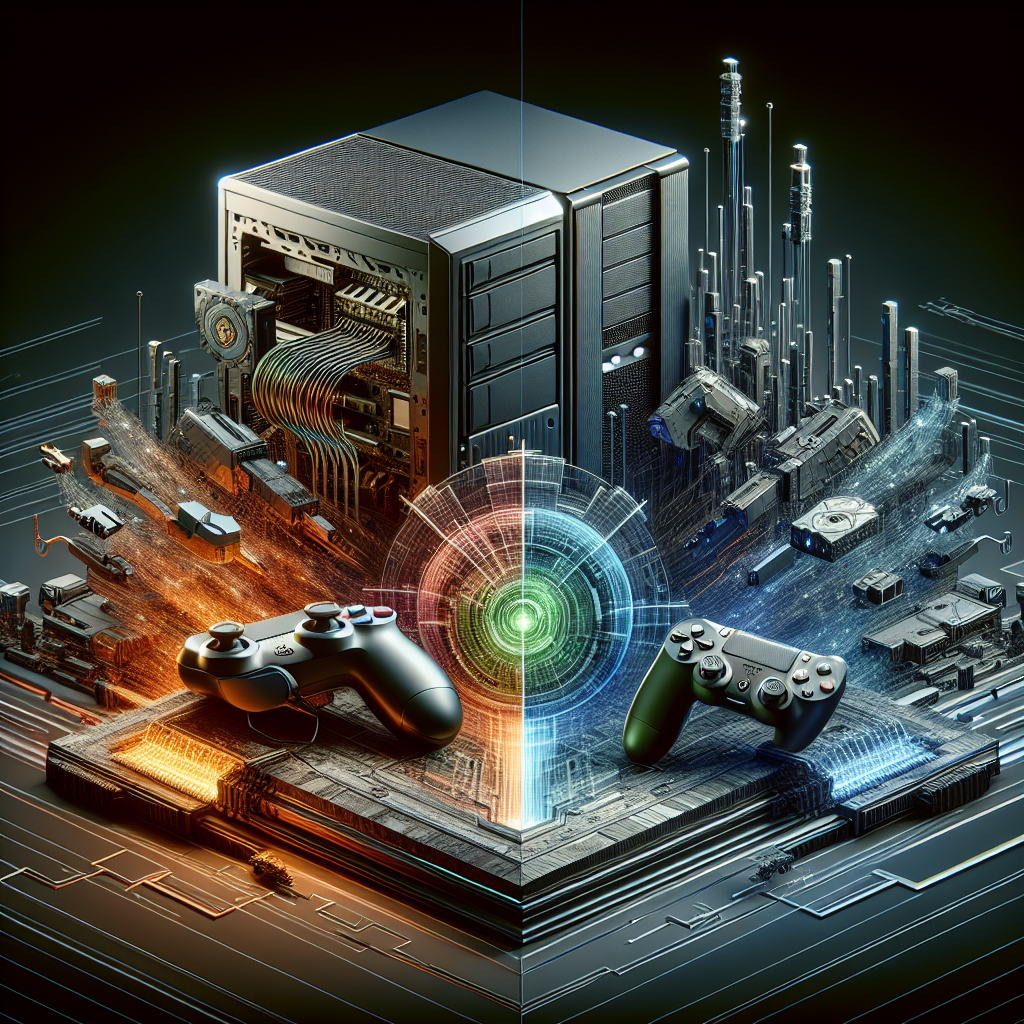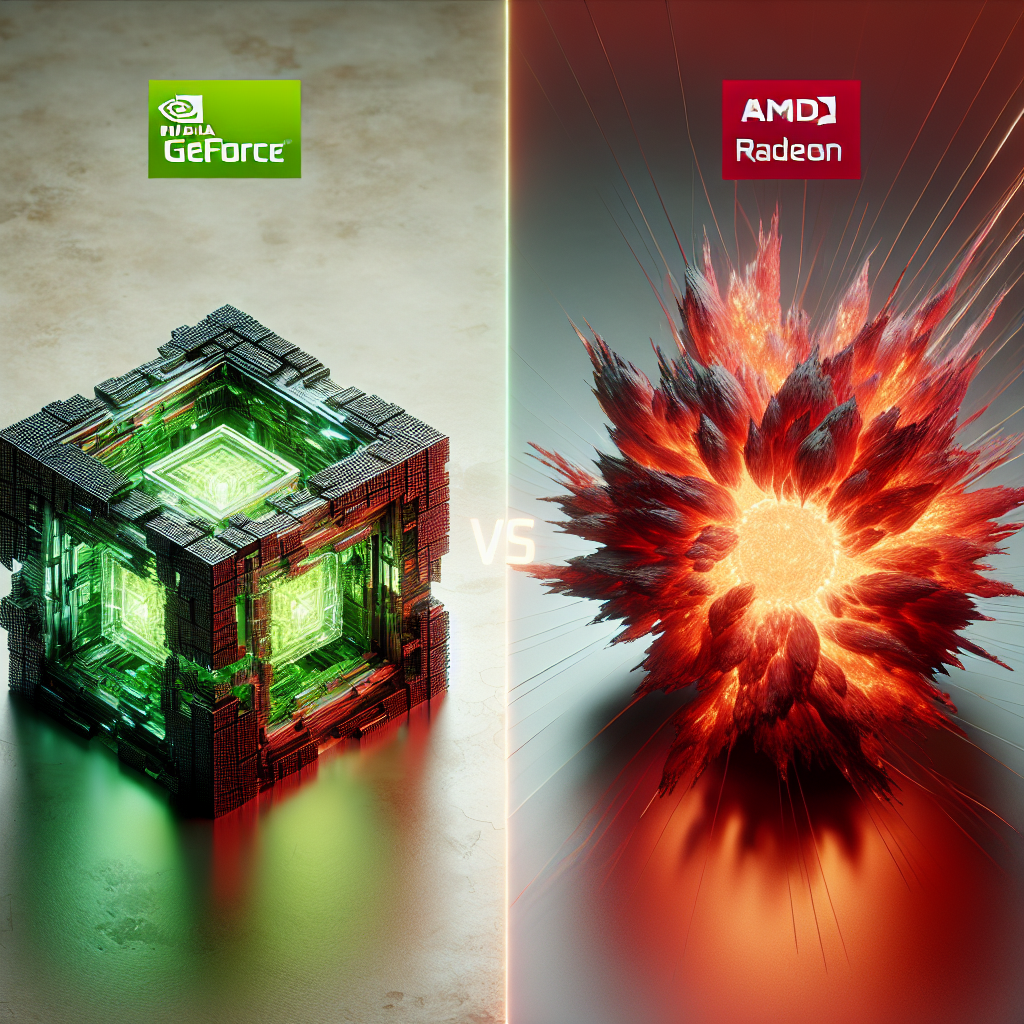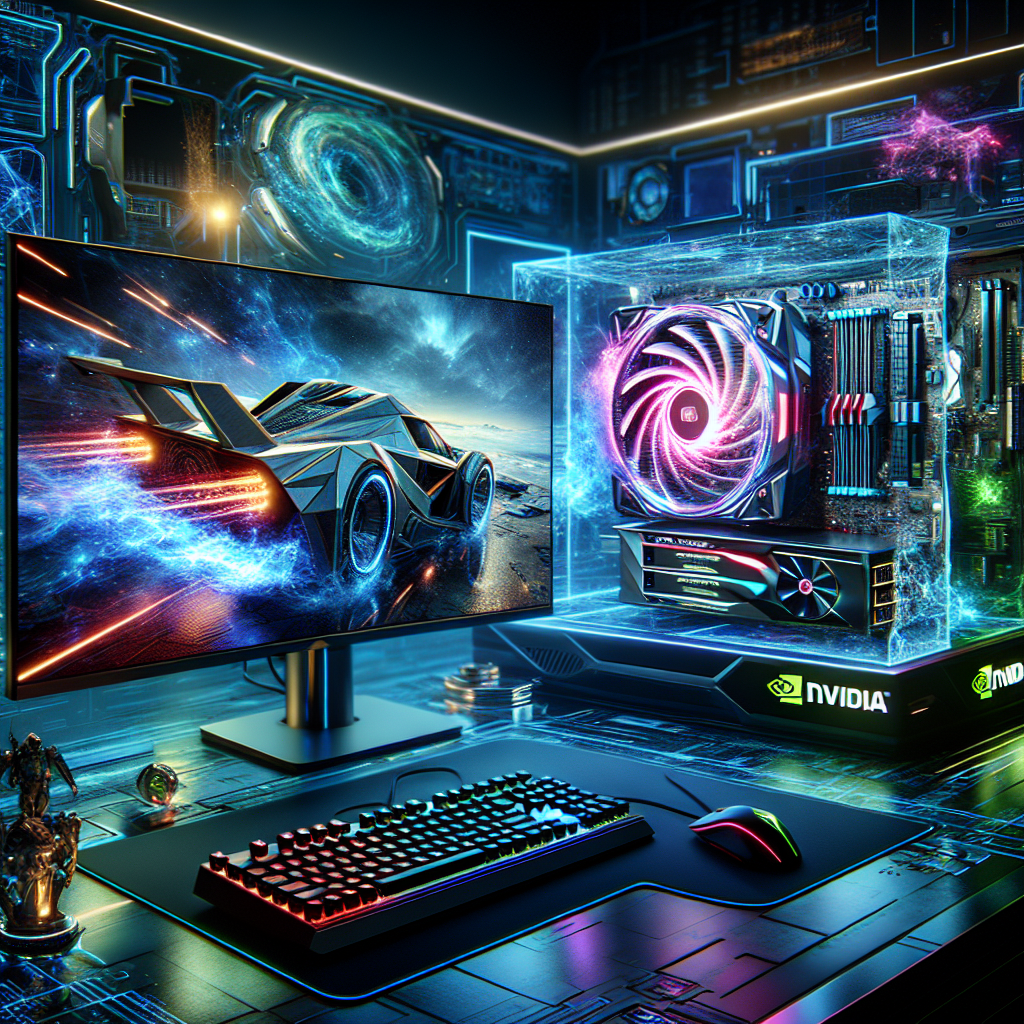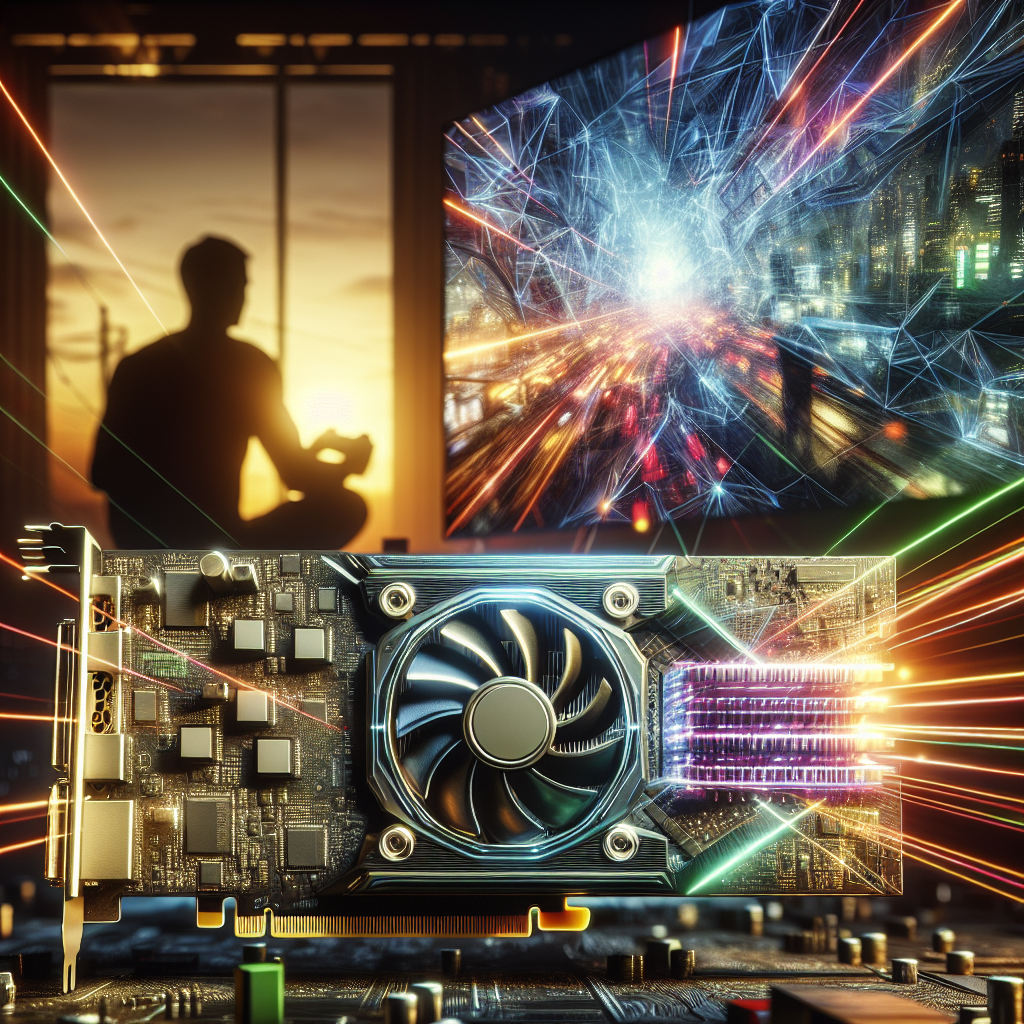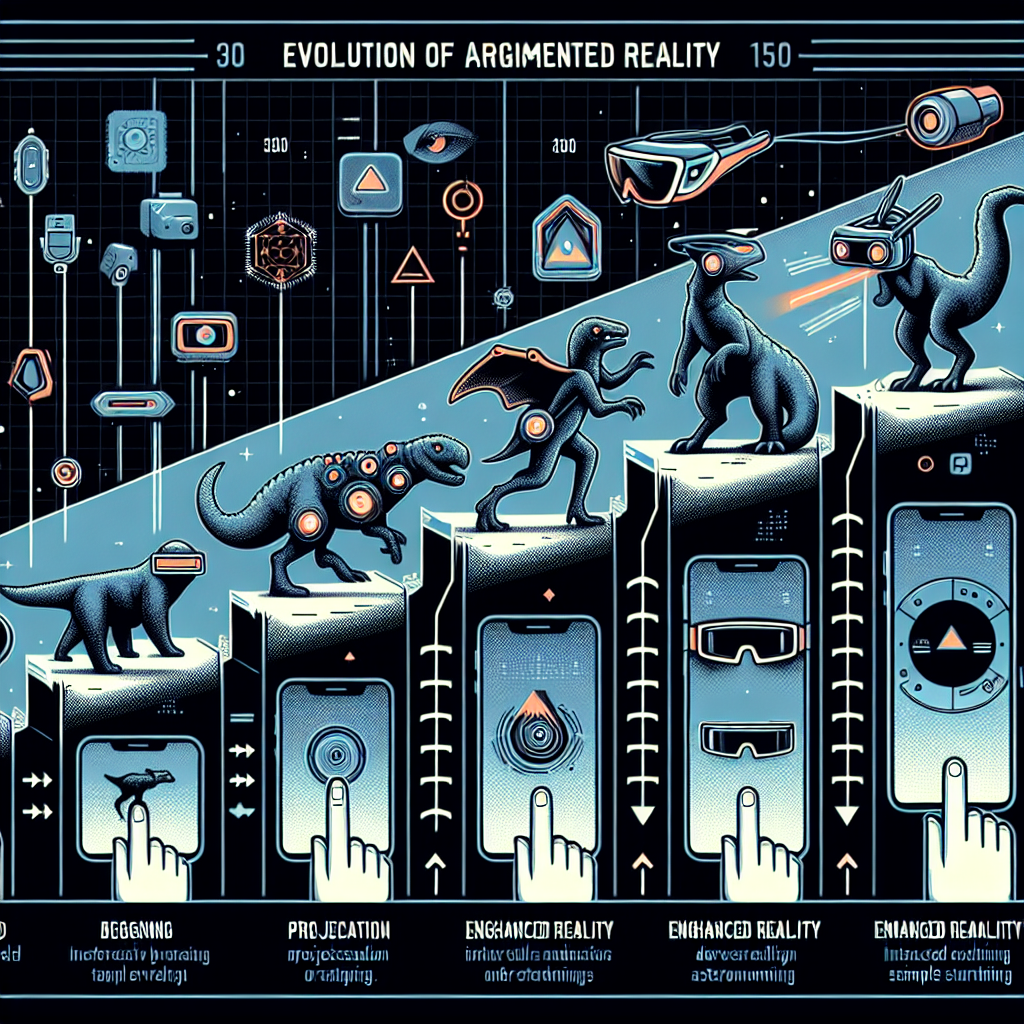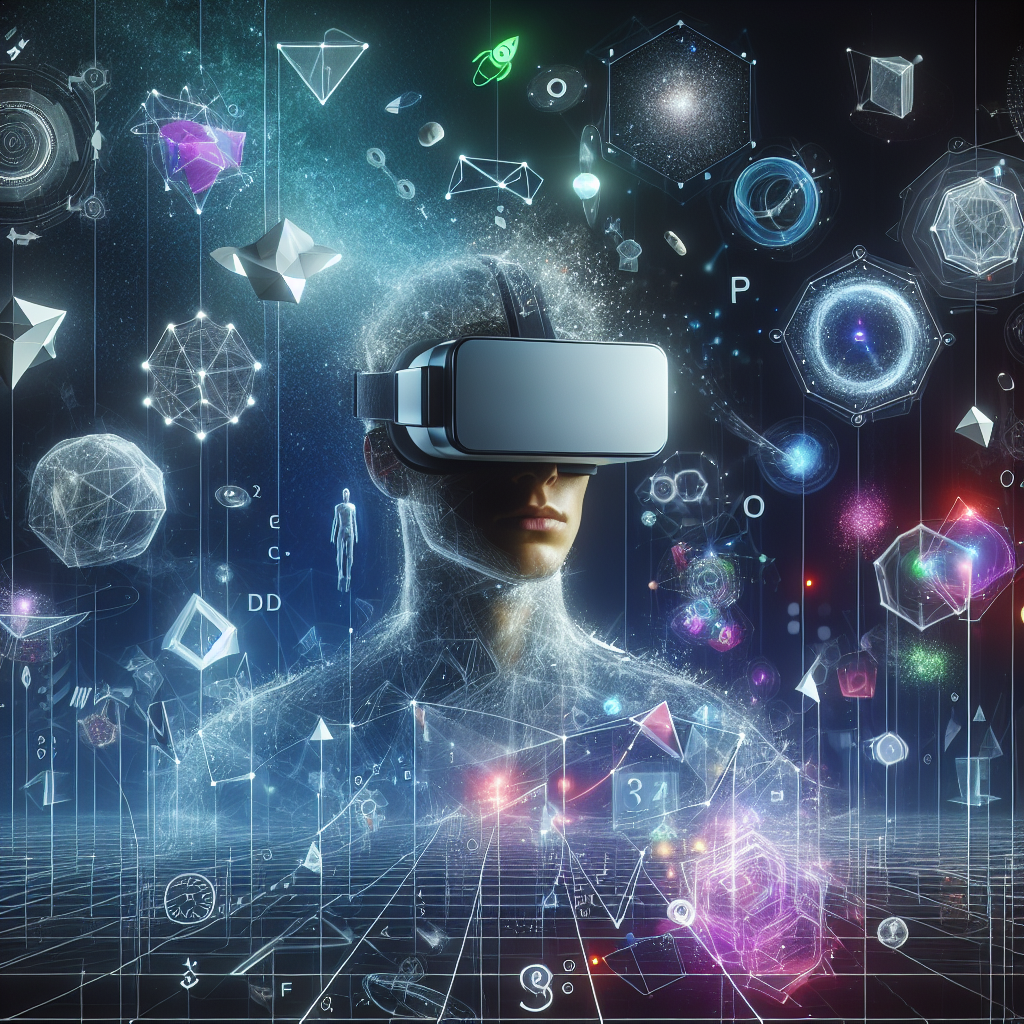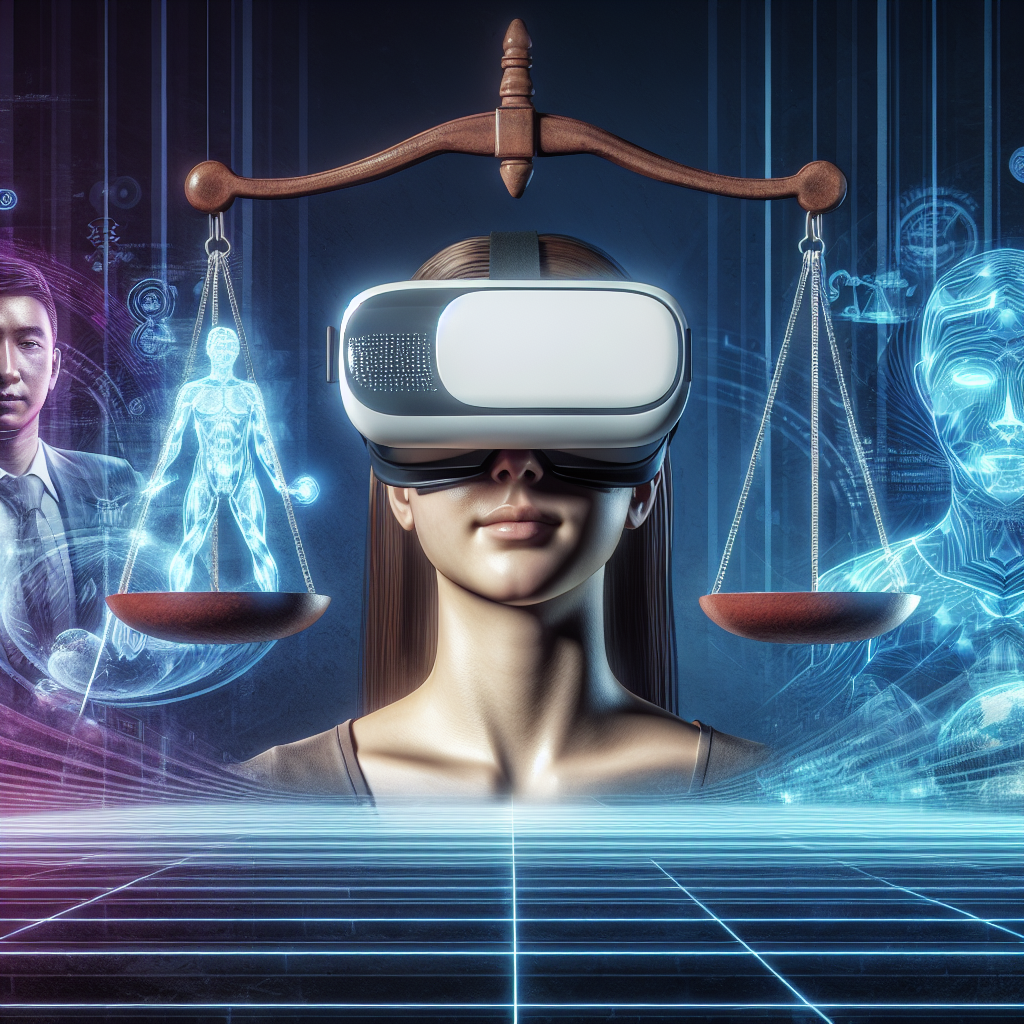NVIDIA is a leading provider of high-performance computing (HPC) solutions, offering a range of products that cater to the needs of demanding workloads in fields such as artificial intelligence, data analytics, and scientific research. In this article, we take a closer look at NVIDIA’s HPC capabilities and highlight what you need to know about their offerings.
One of the key strengths of NVIDIA’s HPC solutions is their use of GPU technology. GPUs are highly parallel processors that can handle complex computations with ease, making them ideal for HPC workloads. NVIDIA’s GPUs are specifically designed for HPC applications, with features such as high memory bandwidth, low latency, and support for double precision floating-point calculations.
NVIDIA offers a range of GPU products for HPC, including the Tesla and Quadro lines. The Tesla GPUs are designed for data center deployments and are optimized for high-performance computing tasks. The Quadro GPUs, on the other hand, are designed for professional graphics applications but can also be used for HPC workloads.
In addition to hardware, NVIDIA also offers a range of software tools and libraries to support HPC applications. One of the most popular tools is CUDA, a parallel computing platform and programming model that allows developers to harness the power of NVIDIA GPUs for their applications. CUDA provides a range of libraries and APIs for tasks such as linear algebra, signal processing, and image processing.
Another key software offering from NVIDIA is the NVIDIA HPC SDK, which includes compilers, libraries, and tools for developing HPC applications. The HPC SDK supports a range of programming languages, including C, C++, and Fortran, and provides optimizations for NVIDIA GPUs to ensure maximum performance.
NVIDIA’s HPC capabilities have been widely adopted in a range of industries, including finance, healthcare, and automotive. In finance, for example, NVIDIA GPUs are used for tasks such as risk analysis, algorithmic trading, and fraud detection. In healthcare, GPUs are used for tasks such as medical imaging analysis, drug discovery, and genomics research. In automotive, GPUs are used for tasks such as autonomous driving, vehicle simulation, and aerodynamics analysis.
In conclusion, NVIDIA’s HPC capabilities are a key enabler for organizations looking to harness the power of high-performance computing for their workloads. With a range of GPU products, software tools, and libraries, NVIDIA provides a comprehensive solution for HPC applications. Whether you are working in artificial intelligence, data analytics, or scientific research, NVIDIA’s HPC capabilities have you covered.
